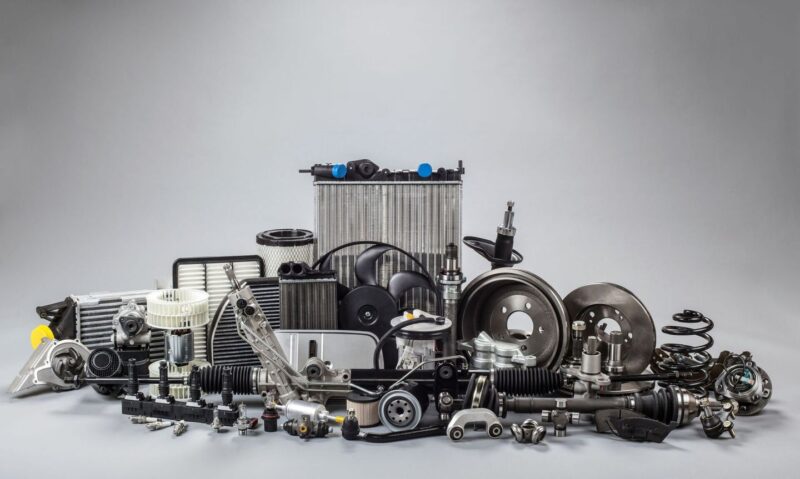The allure of quality used auto parts is undeniable, especially for budget-conscious drivers seeking to keep their vehicles running without breaking the bank. In an age where every penny counts, the prospect of sourcing reliable components at a fraction of the price of new ones is tempting.
Yet, beneath this seemingly straightforward appeal lies a complex tapestry woven with both enticing benefits and potential pitfalls. Are these salvaged gems truly a cost-effective solution, or do they harbor hidden dangers that could spell disaster for unsuspecting buyers? As we navigate the murky waters of the used auto parts market, its crucial to weigh the risks and rewards, examining not only the financial implications but also the broader impact on vehicle safety and longevity.
Join us as we delve deeper into this intriguing topic, illuminating the realities of opting for pre-owned components in a world where trust is as vital as savings.
Cost Savings: Finding Affordable Alternatives

When navigating the world of auto repairs, the prospect of cost savings can be both exciting and daunting. Quality-used auto parts emerge as a budget-friendly solution, but the challenge lies in sourcing alternatives that don’t compromise on reliability.
Picture this: a meticulously pulled part, once the heartbeat of a well-loved vehicle, now waiting patiently to breathe new life into yours at a fraction of the cost of a brand-new counterpart. Yet, amid the allure of affordability, one must tread carefully—scouring reputable salvage yards and trusted online marketplaces while scrutinizing part histories.
The key is not merely to find a cheap price tag, but to unearth a gem that promises durability and performance. With the right approach, those savings could translate into a smarter, savvy investment, allowing you to keep your vehicle running smoothly without breaking the bank.
Eco-Friendly Choice: Reducing Waste and Promoting Recycling

Choosing quality used auto parts is not just a budget-friendly option; it’s also a conscious step towards sustainability. By opting for recycled components, we significantly reduce the amount of waste generated from discarded vehicles, which are often just left to rust in landfills.
Each reused part represents not only financial savings but also a commitment to minimizing our ecological footprint. Additionally, this practice supports a circular economy, where materials are continuously repurposed rather than being extracted anew.
In a world grappling with environmental challenges, selecting these eco-friendly alternatives can make a real difference, turning what could be a hidden disaster into a responsible choice that benefits both our wallets and the planet.
Availability: Accessing Rare and Hard-to-Find Parts

Accessing rare and hard-to-find parts can often feel like searching for a needle in a haystack, especially when it comes to vintage vehicles or discontinued models. Enthusiasts and everyday drivers alike face the daunting prospect of lengthy searches across various salvage yards, online marketplaces, and specialized dealers, each of which offers its own unique challenges and rewards.
Many may find themselves scrolling through countless listings, only to discover that the exact component they need is out of stock or, worse, priced exorbitantly high. However, there are glimmers of hope—certain online forums and community groups are treasure troves of information, connecting seekers with suppliers who can provide those elusive parts.
Whether you’re willing to invest time into your search or tap into the collective wisdom of fellow auto aficionados, the journey to find that perfect piece can be as rewarding as it is frustrating, ultimately leading you to budget-friendly solutions that keep your vehicle running, without sacrificing quality.
Conclusion
In conclusion, while quality used auto parts can undoubtedly present a budget-friendly solution for many car owners, it is crucial to approach this option with caution and thorough research. With reputable suppliers like Rectangle Auto Supply, customers can find reliable parts that meet their needs without compromising safety or performance. However, the potential risks associated with purchasing subpar components must not be overlooked; buyers should always seek transparency regarding the quality and history of the parts.
By weighing the benefits against the potential pitfalls and partnering with trustworthy sources, consumers can make informed decisions that save money without detracting from their vehicles reliability.


